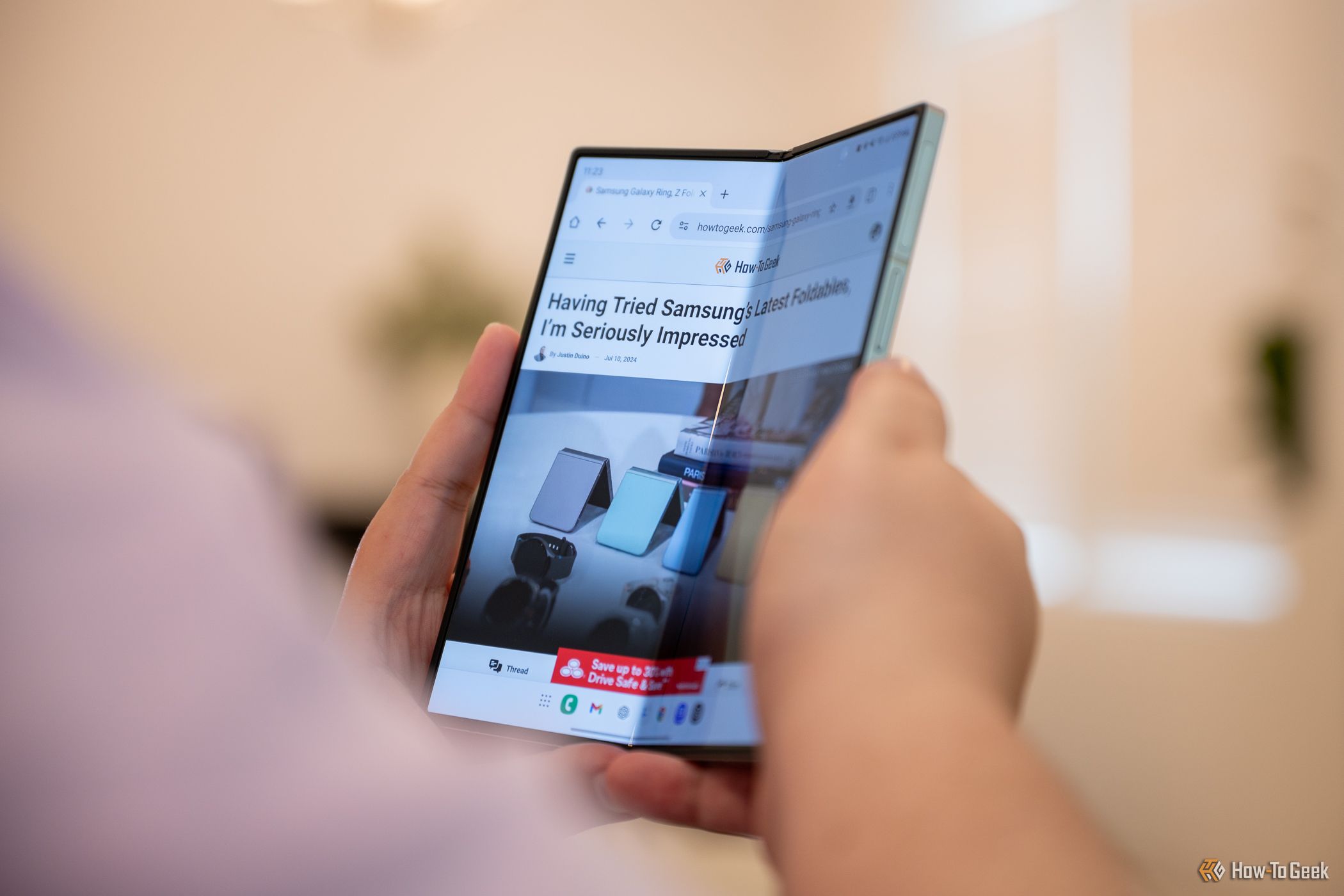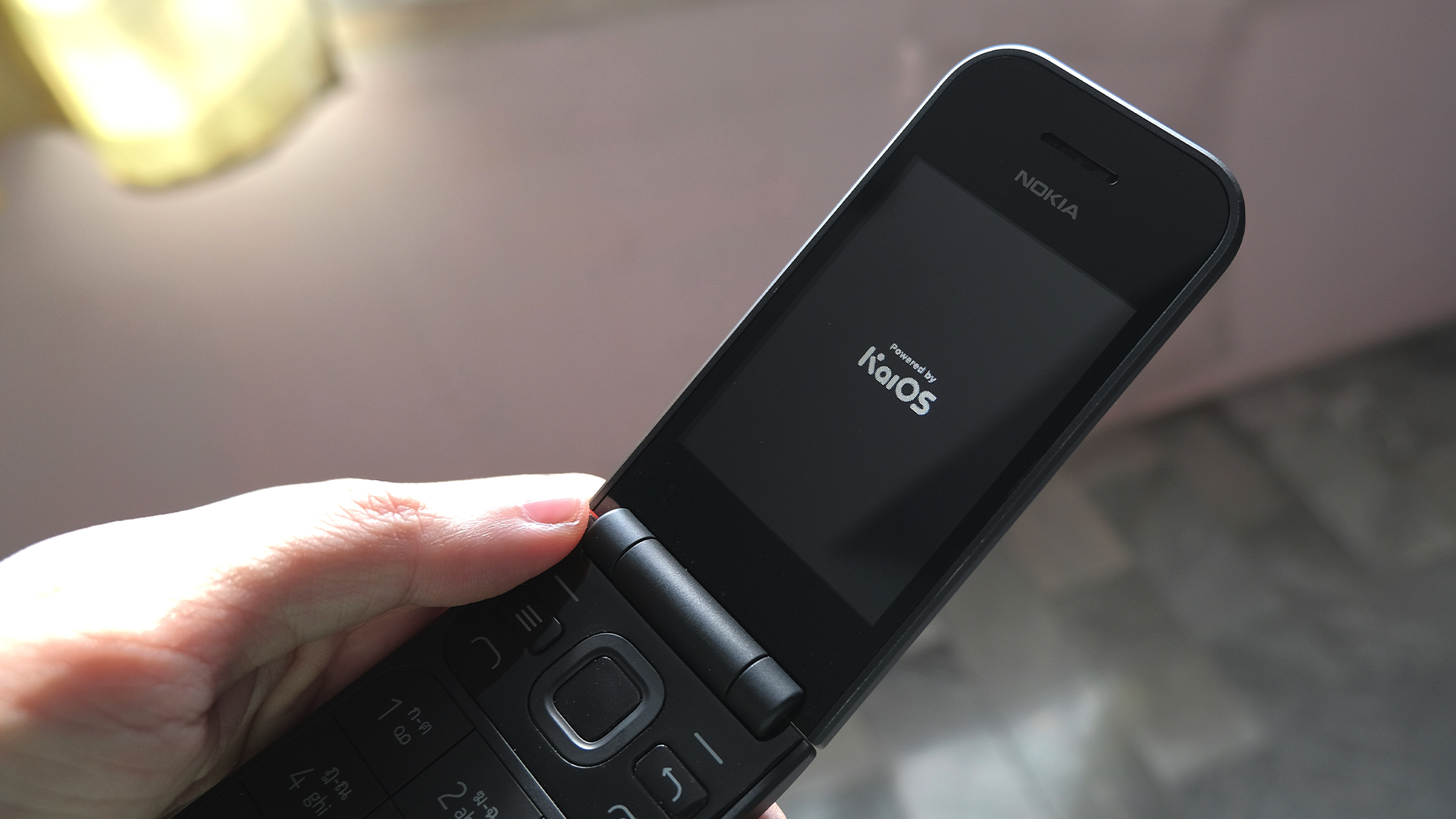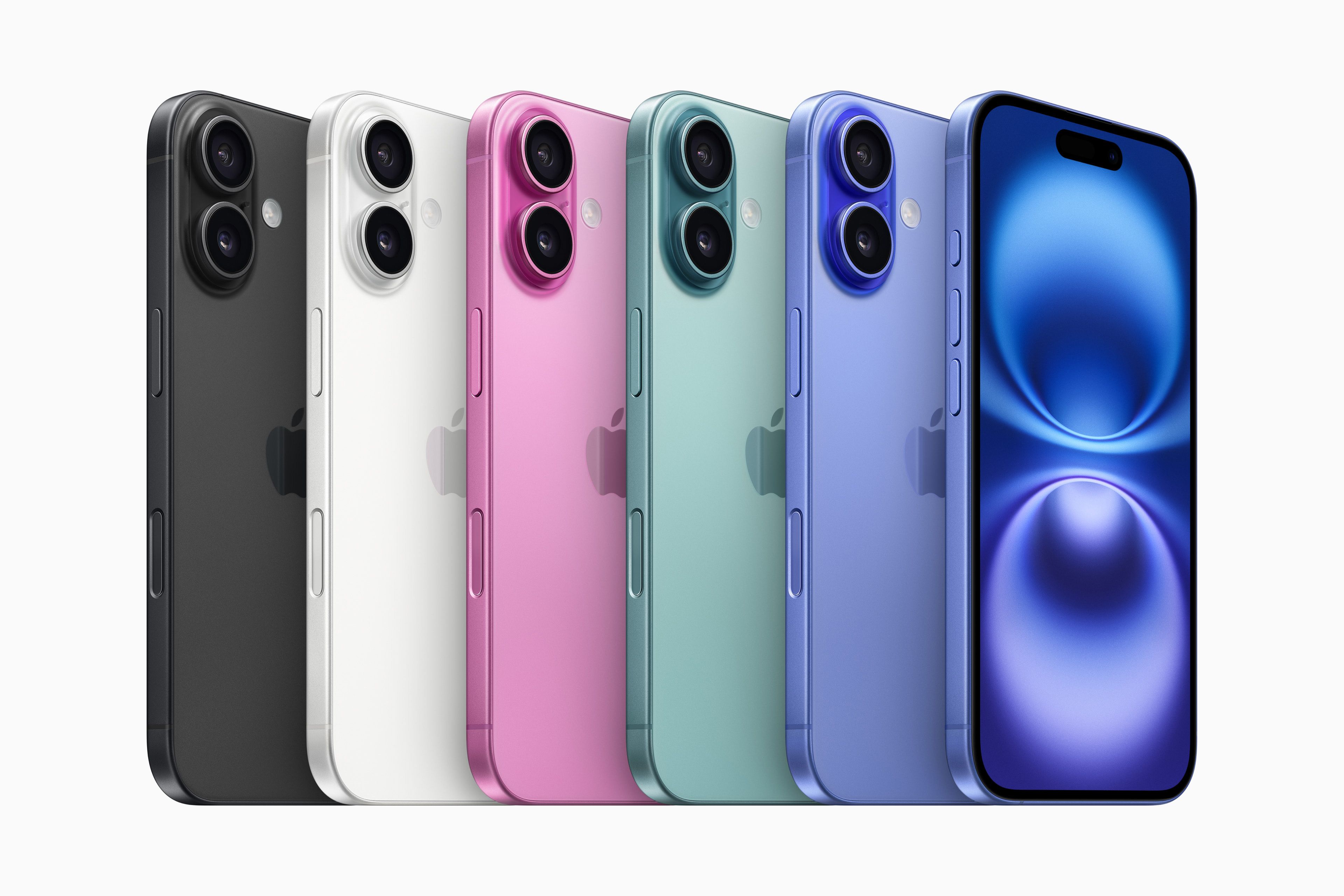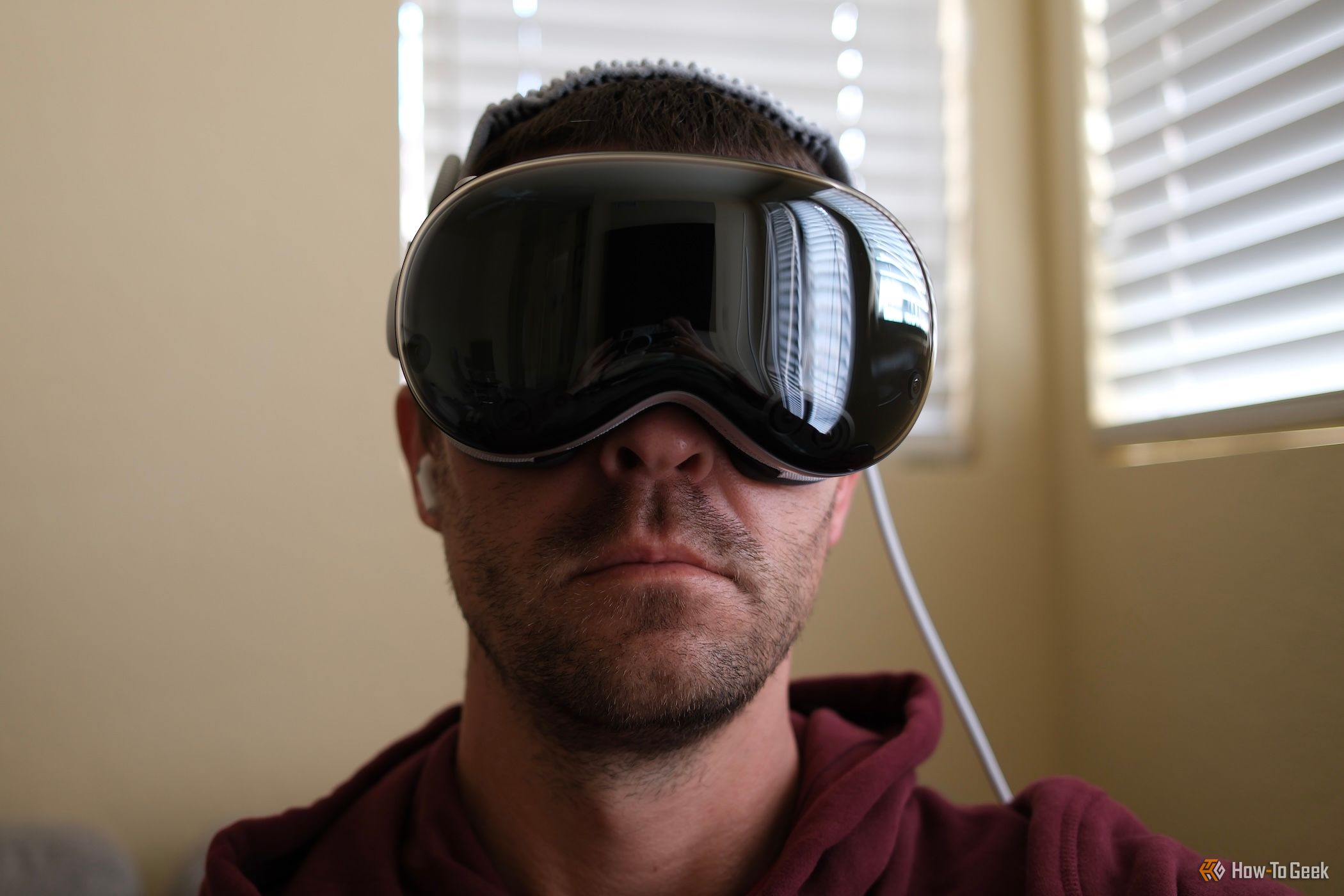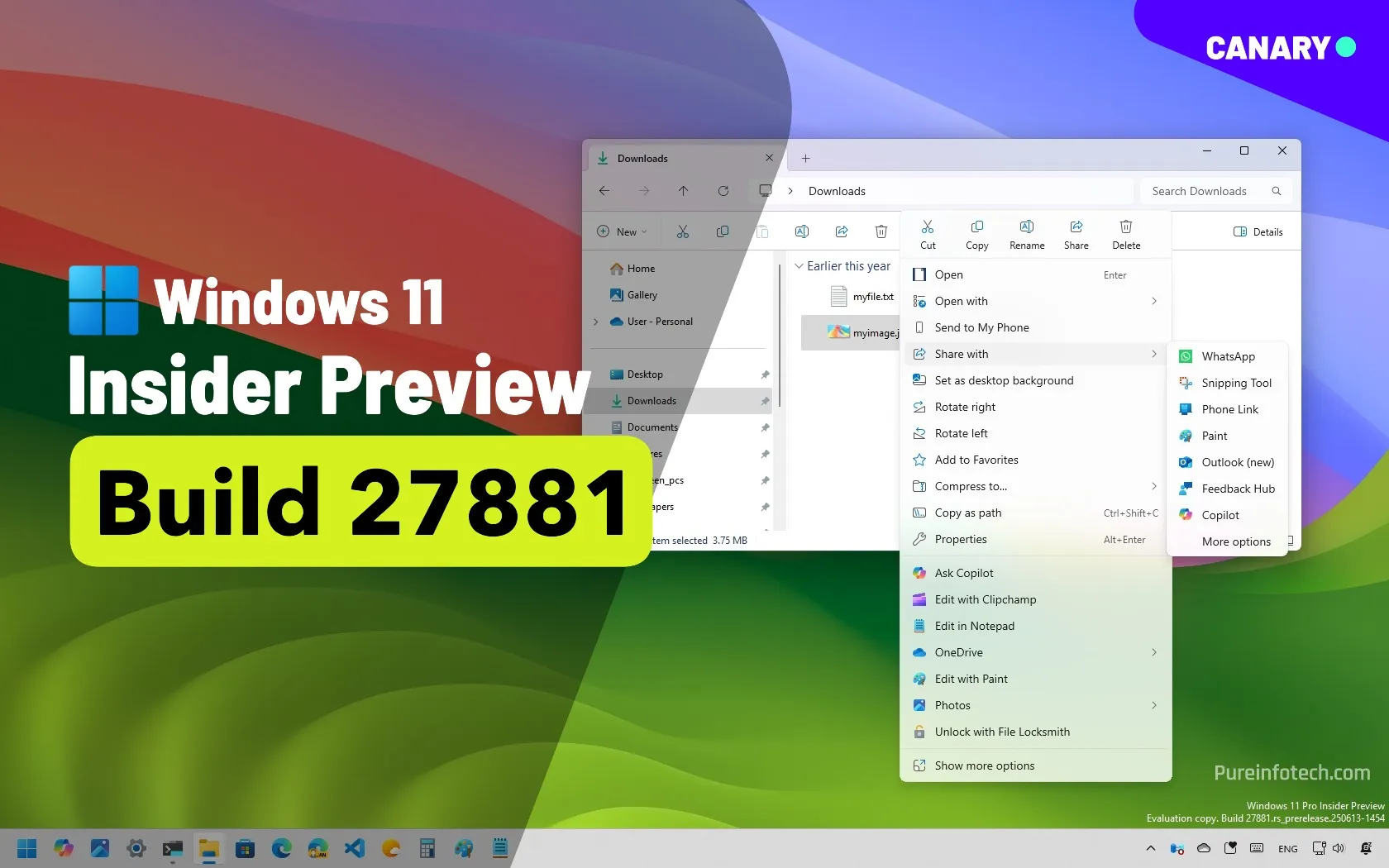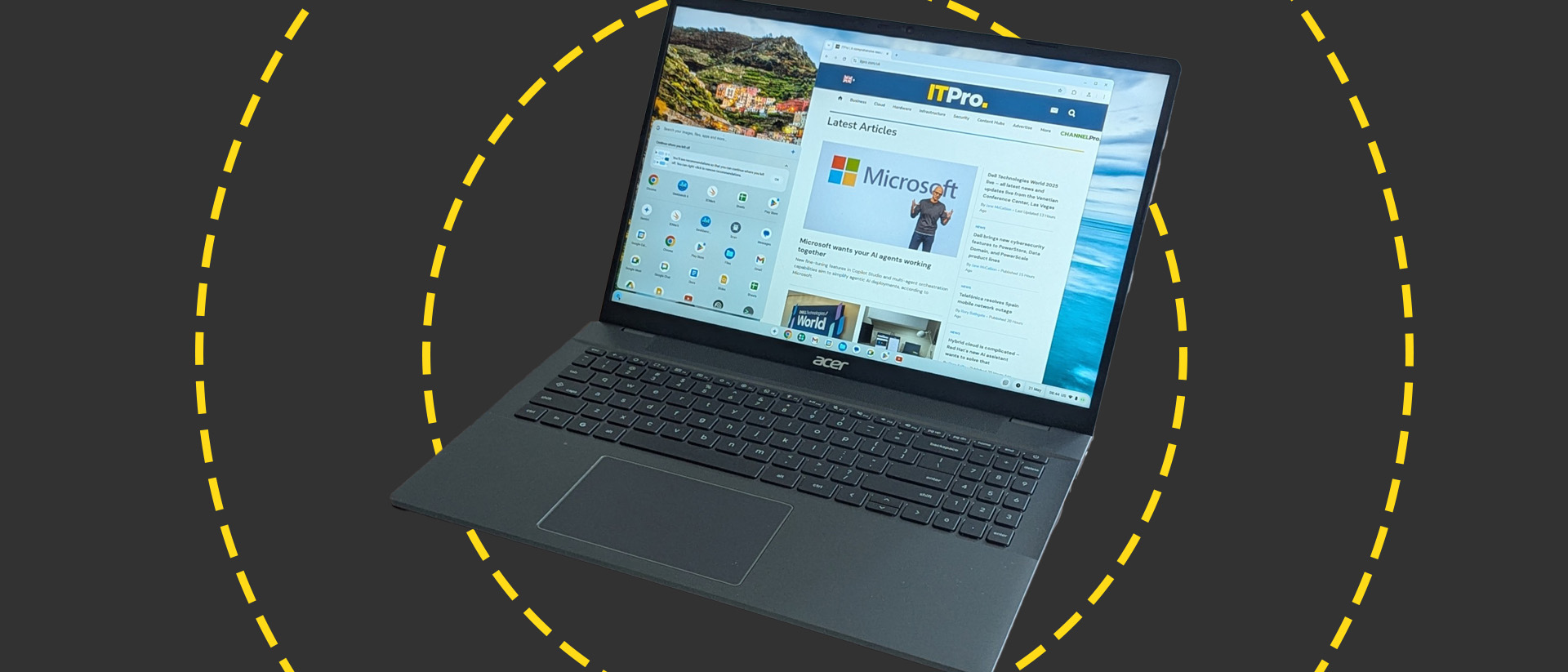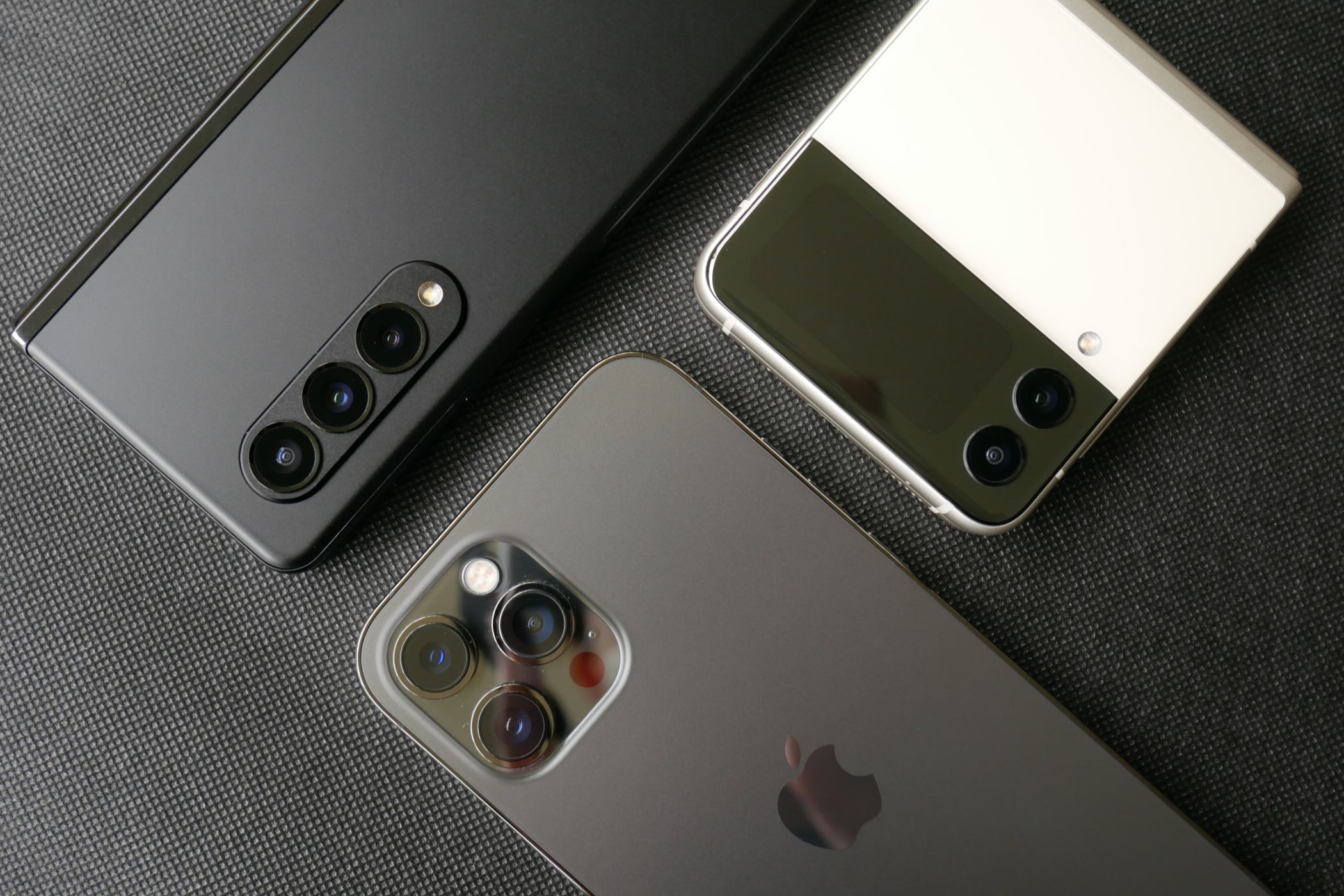
Key Takeaways
- Foldables offer compact storage with large screens when unfolded, but iPhone users currently cannot take advantage of these benefits.
- Apple can redefine iPhone design with a folding model while putting the company’s own spin on the concept.
- On the flip side, Apple risks chasing a trend that is built heavily on nostalgia for the flip phones of the 90s.
There’s one thing Apple isn’t doing that nearly all its competitors are: foldable smartphones. People are flocking to these throwback gadgets that modernize the flip phones of the early 2000s. So, why isn’t Apple delivering the goods on a folding iPhone?
Here are four reasons why Apple should consider jumping on board this screen-bending trend (and one major reason why it shouldn’t).
Foldables Are Great for Small Pockets
I wear jeans with big enough pockets to fit my iPhone 15 Pro Max, a luxury afforded by my over-six-foot height. However, this is certainly not the case for everyone. The size of modern smartphones has resulted in devices that many people struggle to comfortably carry around.
The flip phone variety of folding phones solves this problem by compacting into half their vertical length. For example, this year’s Motorola Razr+ model is roughly 4 inches when folded, which is only a smidge larger than the original iPhone screen. Its nearly square shape is also much more manageable to shove in a pocket.
The only caveat is that when folded, the thickness of the phone doubles. Apple would need to reduce the thickness of its current iPhone line to avoid unnecessary bulk.
A Smaller Package Hides a Bigger Screen
Because folding phones can cut their size in half, it means that there’s a ton of wiggle room to create larger screens when unfolded. For example, the unfurled length of the Razr+ is 6.9 inches (that’s .2 inches bigger than the iPhone 15 Pro Max). It’s a best-of-both-words scenario: smaller for storing, bigger for using.
In addition, the half-sized screen that sits on the folded front of the phone can display all the information available via iPhone lock screen widgets while cutting out the dead space taken up by wallpaper. It would be a functionality bump for Apple’s phones to provide all this information in compact form, almost like an Apple Watch display.
The other style of foldable phone—those which open vertically into tablets like the Pixel Fold and Galaxy Fold—achieve the same bigger screen goal for people looking to upsize. They’re the actualization of the common yet erroneous claims that standard smartphones are becoming so large that they might as well be tablets.
However, these phones have some downsides you should understand before going big.
Flip Phone Nostalgia is Real
I grew up in the cellphone-owning age in the early 2000s, making me the target demographic for the original Motorola Razr and other style-forward flip phones of the era. This very specific nostalgia has led to a Millennial culture wherein name-dropping the original Razr is still commonplace, and it’s undoubtedly the driving factor behind the surge of interest in foldable smartphones.
There’s a reason that ads for the modern iteration of the Razr evoke the original’s future-hip vibe. Companies are always looking for ways to sell consumers a revival of their childhoods. For an entire generation, flip phones defined their younger years and smartphones represent adulthood. It’s understandable why this reminder of the past is tantalizing.
At the same time, looking back isn’t really Apple’s brand.
It Would Shake Up What an iPhone Can Be
Until now, the iPhone’s arrival marked a swift end to the days of phone hinges and tactile buttons. Folding screen technology has once again made flip phones cutting edge, while the commonplace smartphone form factor has remained largely static for the better part of two decades.
Apple therefore has the chance to capitalize on this burgeoning space with a design of its own that once again redefines what we conceive a cellphone to be, or alternatively to risk becoming old hat.
There are plenty of ways in which Apple could improve on existing technology, like reducing visible creases, installing back-facing cameras that work in folded mode, and setting the software standard for the new aspect ratios presented by these devices.
Foldable smartphones are still a nascent field with plenty of room for improvement and change, meaning Apple’s knack for pushing boundaries could help situate the iPhone brand once more as a trove of imagination.
One Reason Apple Shouldn’t: Trends are Fleeting
The counterargument to this line of thinking is also potent: the iPhone’s flat design has endured all these years because it works. Offering a flip phone iteration would discard proven success to chase after a small subset of the mobile market. And Apple has never fancied itself to be a chaser.
Even if Apple were to pioneer within the flip phone sector, the average consumer would see the move as bandwagoning in a space that already has a defining brand leading it. Meanwhile, many (or even most) iPhone users would find the transition jarring at best. While change always leads to initially wracked nerves, it can be particularly disruptive when saddled to devices central to people’s lives.
An iPhone that suddenly asks tens of millions of people to change how they interact with their phones is a risk that’s tough to take on what may just be a trend. Foldable screens will never have the same impact as, say, Bluetooth headphones did when Apple’s initially removed the headphone jack.
A foldable iPhone could exist alongside a continuation of the standard line, but the existing splintering of iPhone SKUs confuses people as-is. If you’ve ever had to explain the different iPhones available to an older relative or anyone who doesn’t follow tech, you know what I mean.
It would complicate things even further if Apple and other software and accessory manufacturers had to cater to an even wider array of iPhone form factors. My gut tells me that the company would be reluctant to do this without an assured hit.
In an ironic catch-22, folding smartphones may only become a mainstream mainstay if Apple gets in the race.
While I’m hungry for Apple to innovate on the iPhone’s design, it’s understandable why the company won’t flip the script. The tech geek in me wants to see its take on a flip phone as there are tangible benefits that could flourish on the iPhone alongside Apple’s touch of mastery, but perhaps this niche is best left to companies with a history in the field.
Source link


